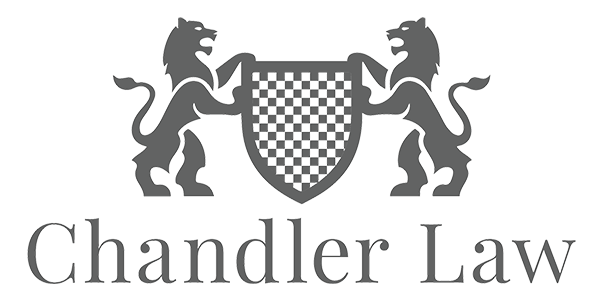Make this your #1 2015 business focus
I was thinking about the numerous calls I received in 2014 from attorneys who had questions about client-related issues. Some of their problems had already escalated into Bar grievances, while others were heading in that direction. For most callers, some proactive advice and planning prevented most of the problems from escalating. However, almost all of these issues could have been avoided with one simple operational process enhancement – more effective client communication. Easier said than done.
Better communication = managed client expectations = less hassle
As attorneys, we like to be the heroes and highlight the good news. As busy business people, we want to limit the ongoing client interaction that keeps us from serving our clients and finding new ones. It’s counterintuitive to think that more frequent, efficient communication can actually reduce the volume of case and billing questions while improving our client relationships. The challenge is that this works, but it takes time to change your behavior as well as your clients’ expectations.
Here are four things you can start doing today that will improve the efficiency, effectiveness, and impact of your client communications. If everyone followed these guidelines, many client grievances (and State Bar grievance filings) could be avoided.
- Talk to your clients. When was the last time you avoided sending something to a client because you knew it would trigger a phone call? Did you tell your assistant or paralegal to provide a technical client update, even though that person wasn’t qualified to answer any follow-up questions? Come on, admit it! No one knows the client/case better than you, and it’s much more efficient to control communication, rather than waiting for questions to trickle in. Support staff members have their rightful non-lawyer responsibilities, but when it comes to discussing the case, the best person for that job is you, the lawyer.
- Copy your clients. Send a copy of everything received and generated on behalf of a client to that client. Many items don’t need an involved cover message – a couple of bullets may suffice. “I wanted to keep you updated on your case. Please review this motion and let me know by Wednesday if you have any questions.” These messages may also jog your client’s memory, and you may receive additional information valuable to the case. If the client later claims you are not communicating with her, being able to show transmittal letters or emails will be helpful in your defense. Importantly, document these activities in your time/billing software, even if you are on a contingency fee.
- Treat good news and bad news with equal enthusiasm. That means you need to devote equal time, energy, and detail to all client communication, regardless of whether the client will perceive the information as positive or negative. No case is perfect, so set the realistic expectation that each case is an adversarial situation and you cannot always deliver good news. You’ll develop a more productive client relationship with fewer surprises during the representation (and billing). Oops, there it is again—billing. Make sure you document the delivery of good and bad news in your time/billing records.
- Don’t surprise your clients. At least in business environments, no one likes surprises. Negative surprises, of course, can hurt relationships and generate complaints and Bar grievances. Even when the surprise is good news, the effect of no advanced warning may diminish the positive impact. You also may not get adequate credit for all the hard work required to get to that good news. By adequately documenting the delivery of communication and news in your time/billing files, you can point clients to the exact date and circumstances by which you provided the information should they ever claim to be surprised.
Building cohesive client relationships, one email at a time.
By more effectively communicating with clients, they will gain a better understanding of the legal process you’re navigating (hoops and all) for them to prevail. You control the communication, so your clients receive the information they need before they have to ask questions. They feel involved and empowered, which creates a strong bond and trusted relationship.
Effective and proactive client communication also allows your clients to make more informed decisions about their matter. Your time/billing records become the summary of everything you’ve already communicated, rather than a surprise that might lead to calls and potential complaints. With regular communication, you help establish and manage client expectations for information while reducing your own stress.
Remember, today’s client is tomorrow’s referral source.
Douglas Chandler
Join Douglas’ LinkedIn group: Attorney Ethics and Professional Liability.

